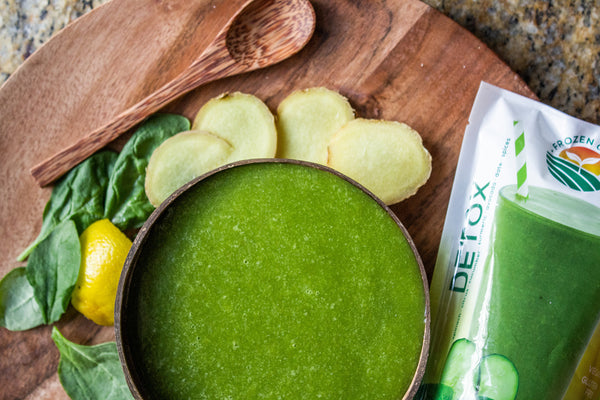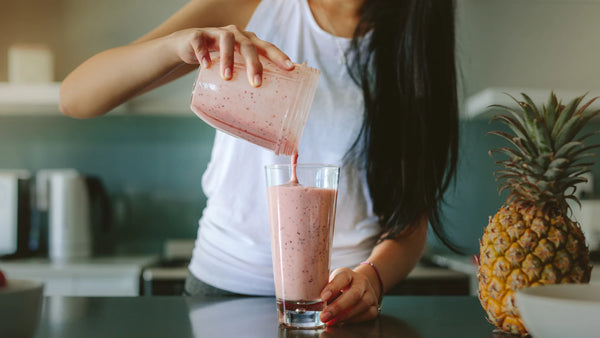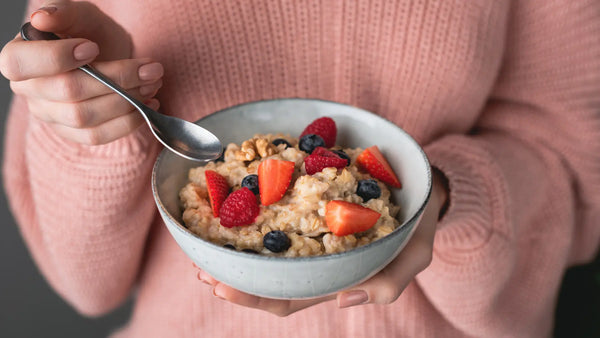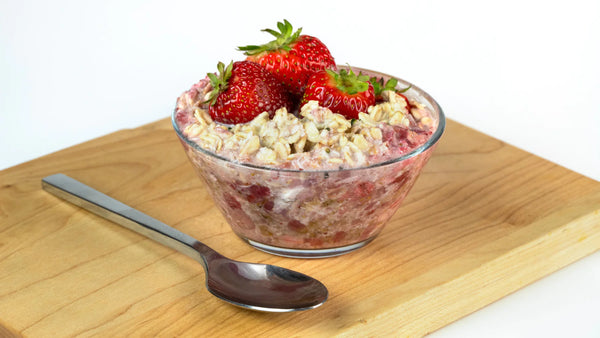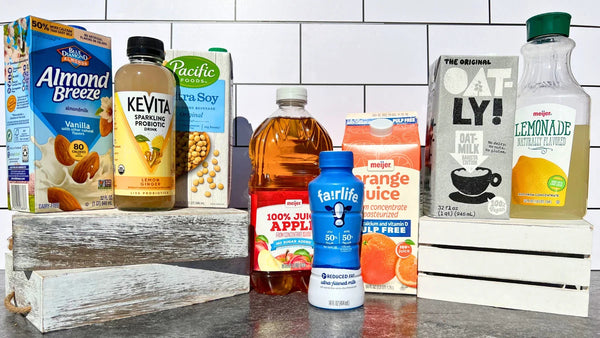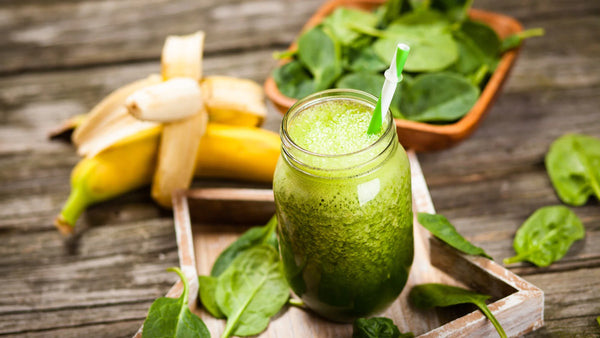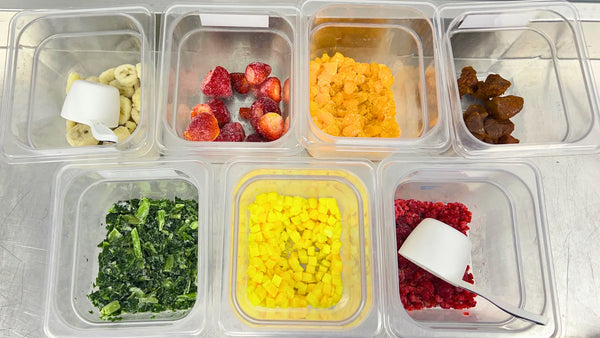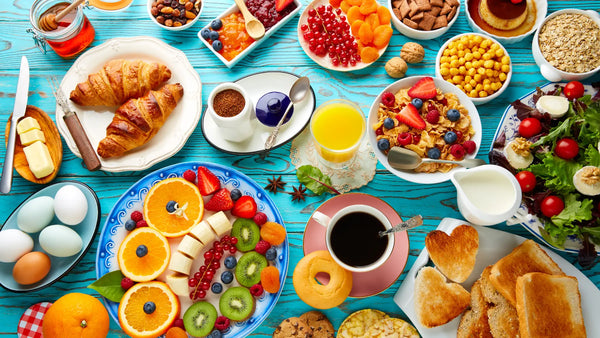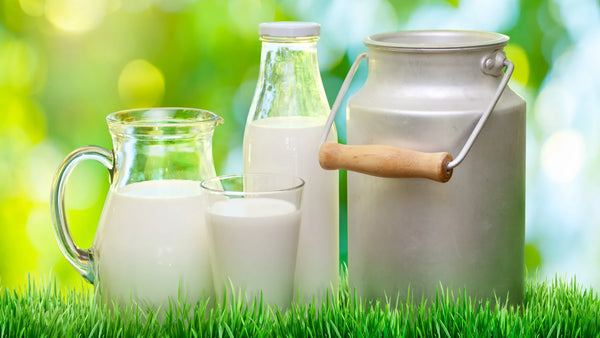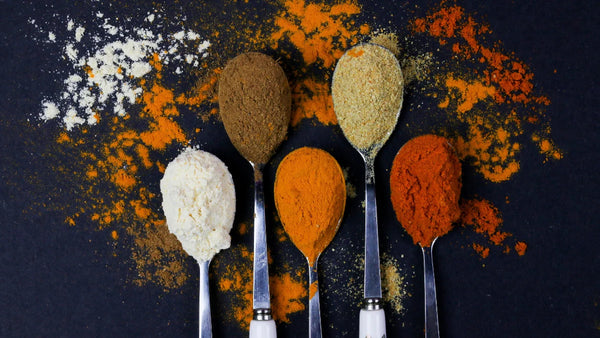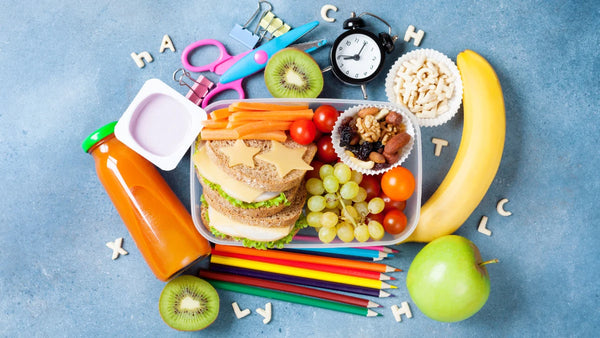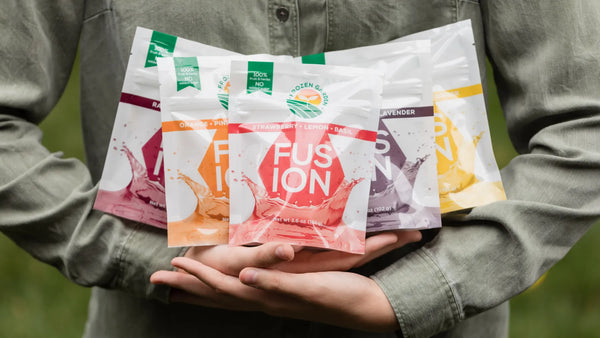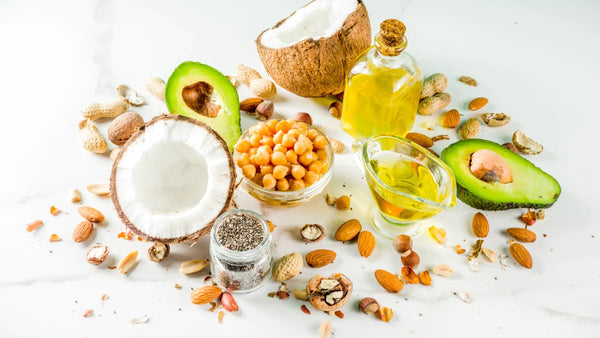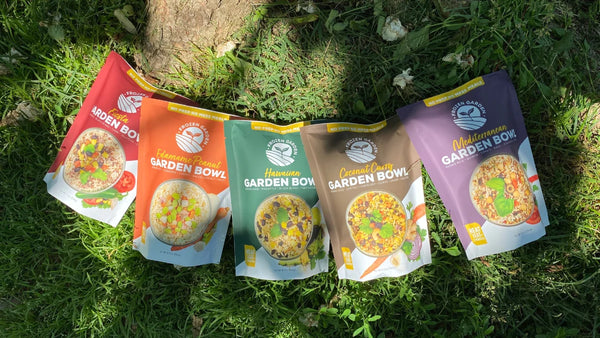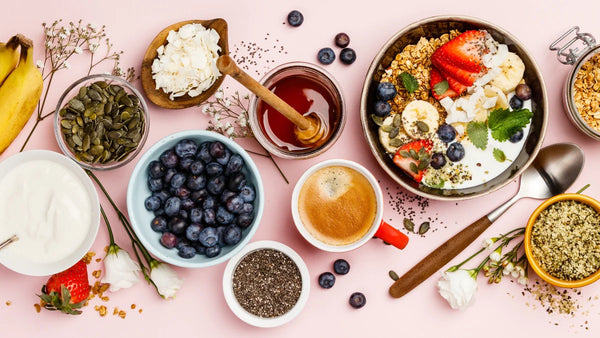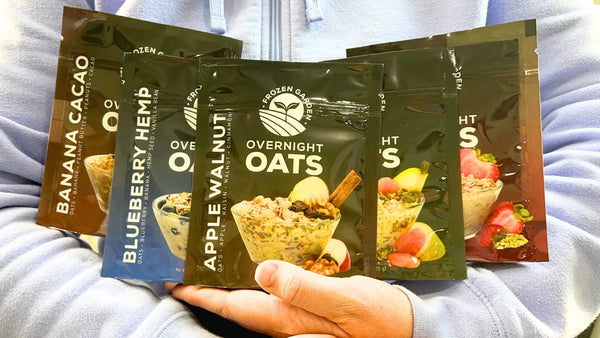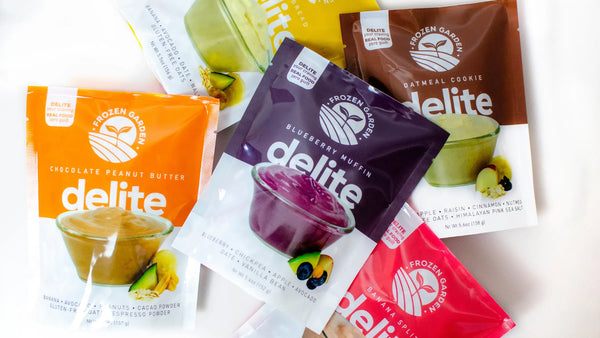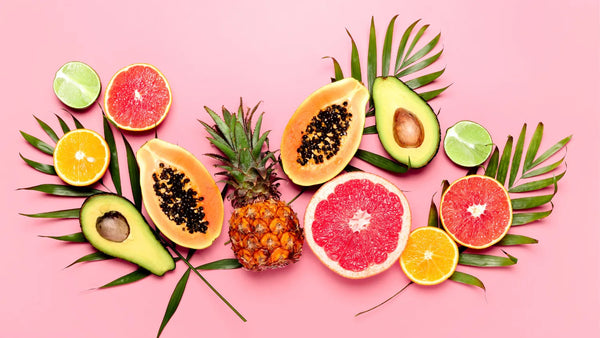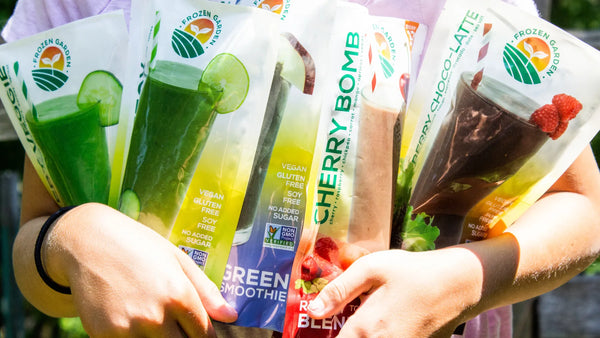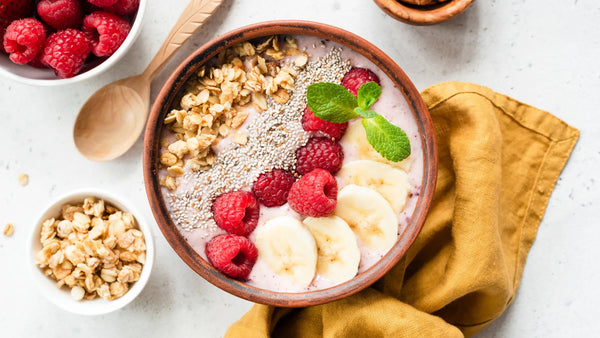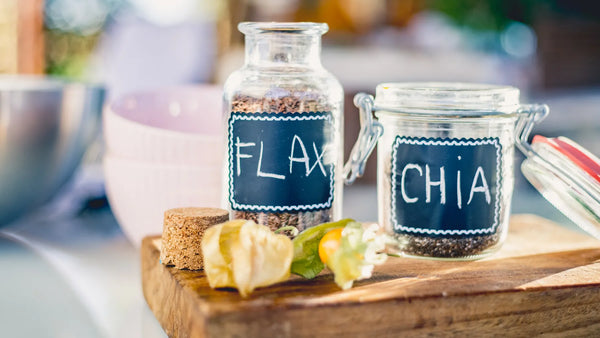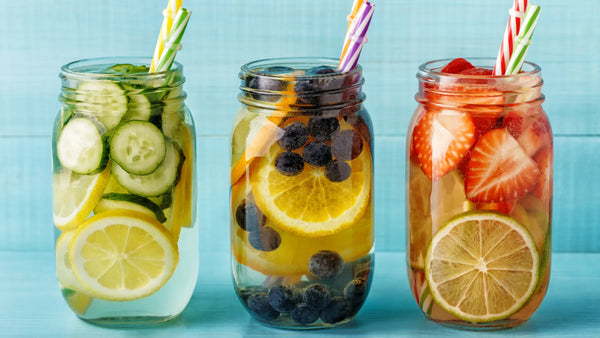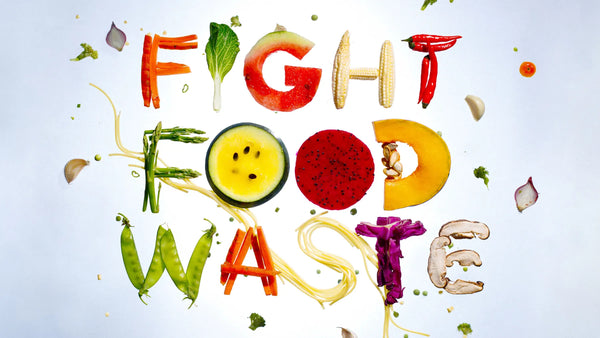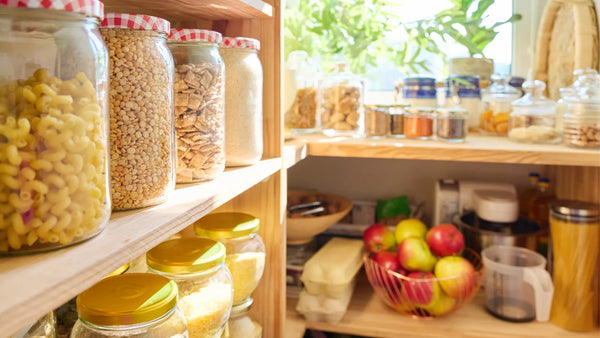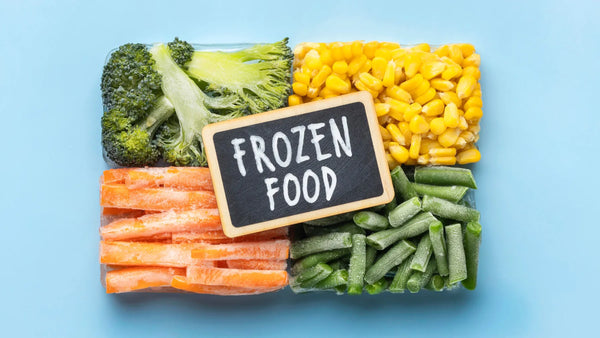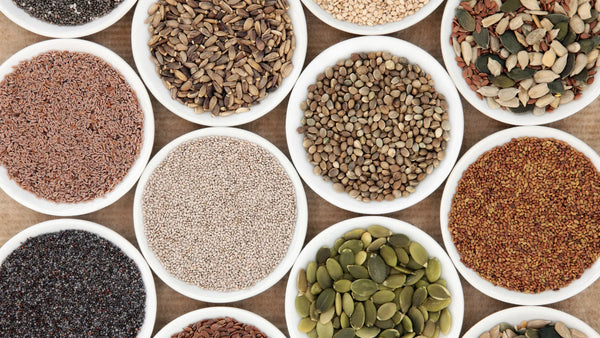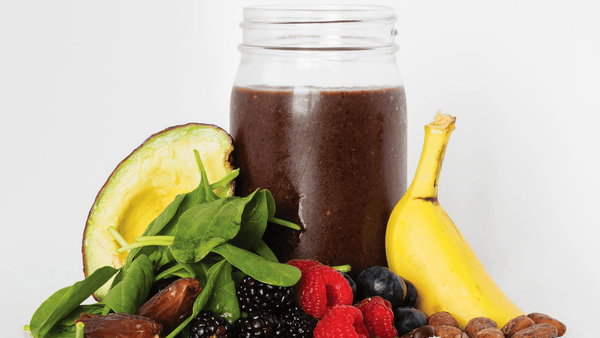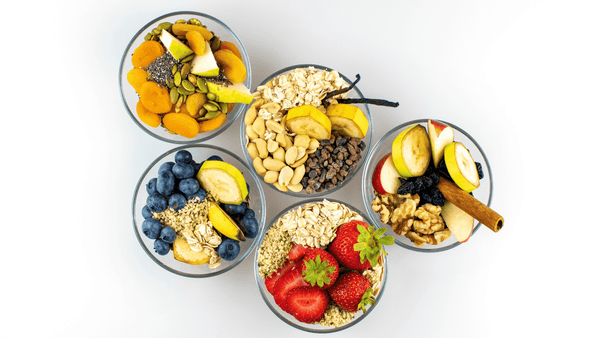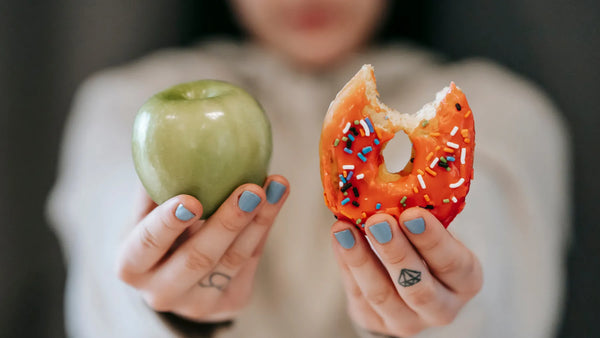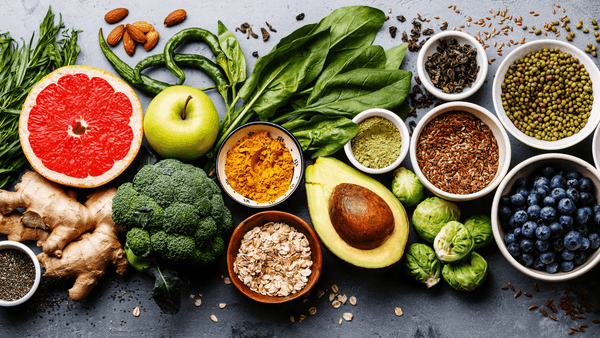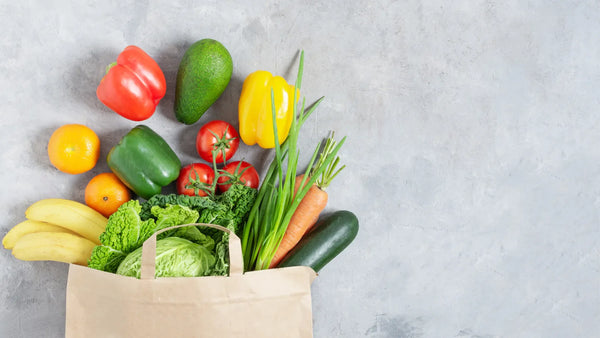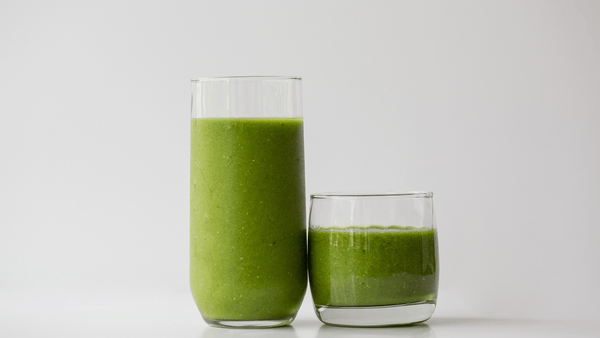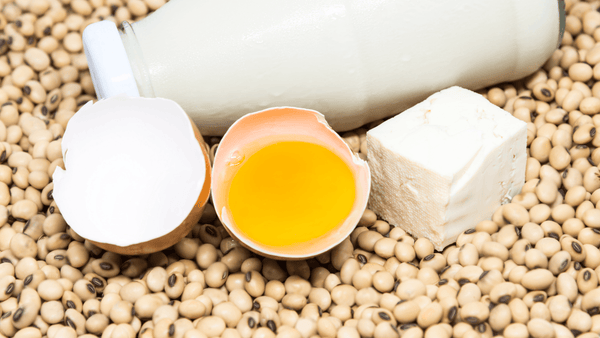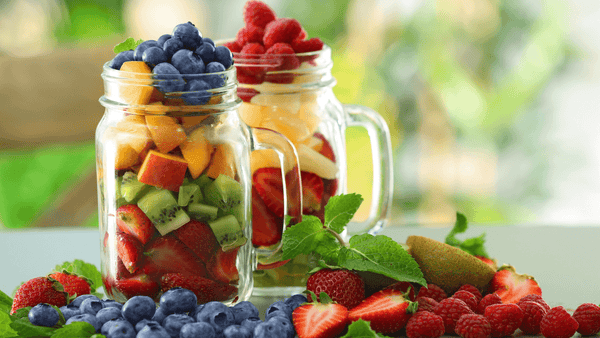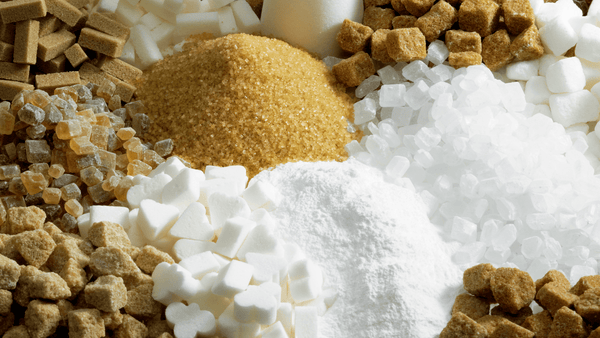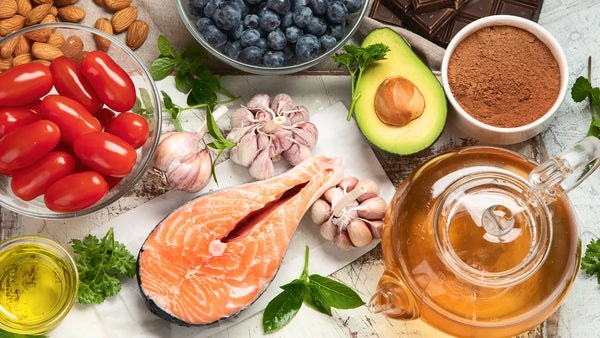As the birds begin to chirp and the flowers start to bloom, it's time for that annual tradition of spring cleaning. While most people focus on tidying up their homes, why not take the opportunity to give your pantry a healthy facelift? A well-organized and clean pantry not only helps you make better food choices, but it also makes you feel like a pro at adulting. In this blog, we'll be sharing some savvy tips and tricks for creating a healthy pantry that will leave you feeling organized and empowered. Say goodbye to clutter and hello to a healthier, happier you – let's get started!
If you're ready to start cleaning out your pantry and making healthier choices, here are some items to consider removing and some ideas on what you can replace them with. This list is ranked in order of priority, so you can tackle them one at a time if you prefer a gradual approach.
1. Artificial Sweeteners
First up on our list is a sneaky culprit that often hides in plain sight: artificial sweeteners. You know, the ones that come in those little pink, blue, and yellow packets? Yeah, those. Say adios to saccharin, acesulfame, aspartame, neotame, and sucralose, and all the products that contain them. Your taste buds and your health will thank you!
Now, we know what you might be thinking – "But I need my daily fix of sweetness!" We get it, but here's the thing: artificial sweeteners can actually do more harm than good. Studies have linked them to a host of health issues, including weight gain, digestive problems, and even cancer. Plus, they don't actually help you kick your sugar cravings – in fact, they can actually make them worse. Don't worry, though – there are plenty of natural, healthier alternatives out there, like stevia, honey, or maple syrup. Trust us, your taste buds will adjust in no time, and you'll feel so much better for it.

2. Artificial Colors & Flavors
Sayonara to the unnatural hues of neon orange and synthetic flavors of boxed mac and cheese. But why exactly should you ditch these products? Well, for starters, many of these additives have been linked to negative health effects, including hyperactivity in children, and allergies. And let's be honest, those bright colors and fake flavors aren't fooling anyone - they're just masking the fact that the food inside is often lacking in nutritional value.

So what can you do to avoid these additives and still enjoy some tasty meals? Start by opting for whole, fresh ingredients whenever possible. Instead of boxed mac and cheese, try making your own using real cheese and natural food coloring like turmeric or paprika. Or, try out some recipes that rely on natural flavors, like using fresh herbs or spices to add flavor to your dishes.
3. Trans Fats
To whip your pantry into shape, the next item to give the boot to those sneaky trans fats. Hydrogenated or partially hydrogenated oils may sound like rocket science, but they're actually just a fancy way of saying "unhealthy." This means it's time to wave goodbye to dairy and non-dairy coffee creamers. While these creamers may add a touch of flavor to your morning cup of joe, they also add unnecessary trans fats to your diet. Trans fats can raise your LDL (bad) cholesterol levels and lower your HDL (good) cholesterol levels, putting you at a greater risk for heart disease.

Instead of these creamers, try using natural options like almond milk or coconut creamer. These alternatives are much healthier and still add a delicious touch of flavor to your coffee or tea. By making this simple swap, you're on your way to a healthier pantry and a healthier you!
4. Added Sugars
Remove added sugars from your pantry and bid farewell to those tempting sugary snacks like cookies, candy, and fruit snacks. We know it's hard to resist a sweet treat every once in a while, but added sugars are one of the main culprits of poor health and contribute to a variety of chronic diseases such as obesity, diabetes, and heart disease. But don't worry, there are plenty of alternatives to satisfy your sweet tooth.
One great option is to swap out sugary snacks for healthier alternatives like fresh fruit, nuts, and seeds. You could also try incorporating natural sweeteners like honey, maple syrup, or dates into your baking and cooking. And if you're looking for a sweet treat that's both healthy and delicious, consider checking out our line of Delites.

5. Low-Fat Products
When it comes to health and nutrition, it's important to read beyond the buzzwords on food packaging. The term "low-fat" might seem like a healthy option, but the truth is that it can often be deceiving. In many cases, low-fat products are loaded with sugar and other artificial ingredients to make up for the lack of fat, which can actually make them less healthy than their full-fat counterparts.
When cleaning up your pantry and making healthier choices, it's important to take a closer look at the ingredients in your favorite "low-fat" foods. Don't be swayed by marketing tactics or flashy packaging - instead, read the labels and do your research to make informed choices.
Of course, that's not to say that all low-fat products are unhealthy. There are plenty of nutritious options out there that are low in fat and free of added sugars and other artificial ingredients. The key is to do your homework and choose wisely.
6. Ingredients You Can't Pronounce
When it comes to creating a healthy pantry, you don't need a PhD in food science to know what to avoid. Just keep it simple: if you can't pronounce an ingredient or even begin to guess what it is, it probably shouldn't be in your pantry. So say "see ya later" to those products with unpronounceable ingredients and hello to whole, minimally processed foods that your body will love.
7. Refined Grains
Refined grains have been stripped of their fiber and nutrients, leaving behind nothing but empty calories that can cause spikes in blood sugar levels. Instead, opt for whole grains like quinoa, brown rice, and whole wheat pasta. These options are packed with fiber, vitamins, and minerals that will help keep your body nourished and energized throughout the day.
By making simple swaps like these, you'll be well on your way to creating a pantry that's full of nutritious, whole foods. Not only will this help you maintain a healthy weight and reduce your risk of chronic diseases, but it will also give you more energy and help you feel better overall.

8. Industrially Processed Liquids
If you're looking to give your pantry a healthy overhaul, it's time to get rid of those sneaky liquids that can wreak havoc on your health. We're talking about the likes of soy, corn, safflower, cottonseed, and canola oil - all industrially processed and far from their natural form.
Sure, these oils may be cheap and convenient, but they're often stripped of their nutrients and loaded with additives, preservatives, and other questionable ingredients. And let's not forget about the high levels of omega-6 fatty acids that can cause inflammation in the body when consumed in excess.

Instead, why not try switching to healthier liquid options like extra virgin olive oil, avocado oil, coconut oil, or even ghee (clarified butter)? Not only are these oils packed with essential nutrients and healthy fats, but they also add a delicious flavor to your cooking.
9. Products with More Than 5 Ingredients
When it comes to creating a healthy pantry, simplicity is key. And what's simpler than fewer ingredients? If you're trying to avoid the chemical-laden products that line the grocery store shelves, one good rule of thumb is to steer clear of anything with a laundry list of ingredients. Aiming for products with five ingredients or less is a great place to start.
Why is this important? Well, the more ingredients that are added to a product, the greater the likelihood that it's heavily processed and contains additives that your body doesn't need. By sticking to whole foods with minimal ingredients, you can avoid these unnecessary additives and fuel your body with the nutrients it craves.
Of course, there are always exceptions to the rule - some products, like certain sauces or condiments, may need more ingredients to achieve the right flavor and consistency. But as a general guideline, aiming for products with five ingredients or less is a smart choice.
I have a healthy pantry. Now what?
Congratulations on creating a healthy pantry! Now that you've made these positive changes, it's important to maintain them. Here are a few tips to keep in mind:
- Stick to your grocery list: Avoid impulse buys and only purchase items that align with your new healthy pantry.
- Get creative with meal planning: Experiment with new recipes using the whole, minimally processed foods you now have in your pantry.
- Don't be too hard on yourself: It's okay to indulge in your favorite treats occasionally, just make sure they are a small part of your overall diet.
- Share your pantry makeover with others: Encourage your friends and family to make similar changes in their own pantries. A healthy lifestyle is contagious!
One great way to put your healthy pantry to use is by incorporating Frozen Garden products into your diet. Our frozen Smoothies, Fusions, Delites, Overnight Oats, and Garden Bowls are all made with whole, nutrient-dense ingredients and are free from added sugars, preservatives, and artificial ingredients. With items like Chocolate Dream Smoothie, Banana Split Delite, Pear Apricot Overnight Oats, and Hawaiian Garden Bowl, you can indulge in a sweet treat or a savory meal without sacrificing your commitment to healthy eating. Plus, our products are convenient and easy to prepare, making it a breeze to enjoy healthy meals and snacks even when you're short on time. So, stock up on Frozen Garden products and reap the benefits of your fresh, new healthy pantry every day.



